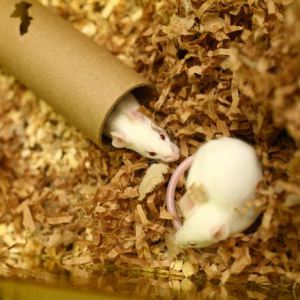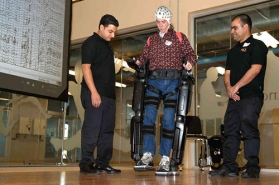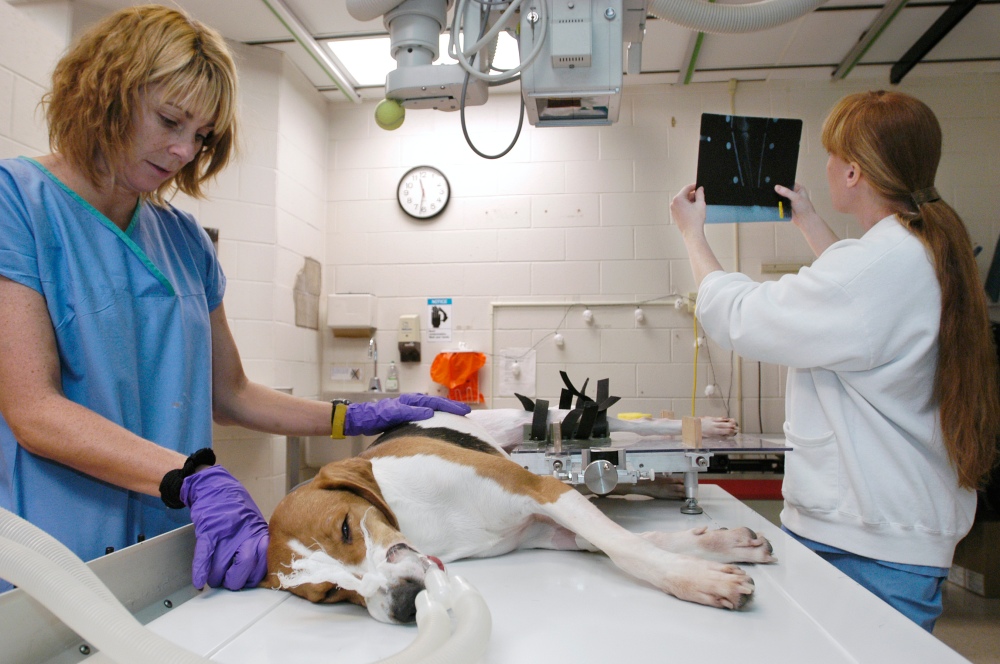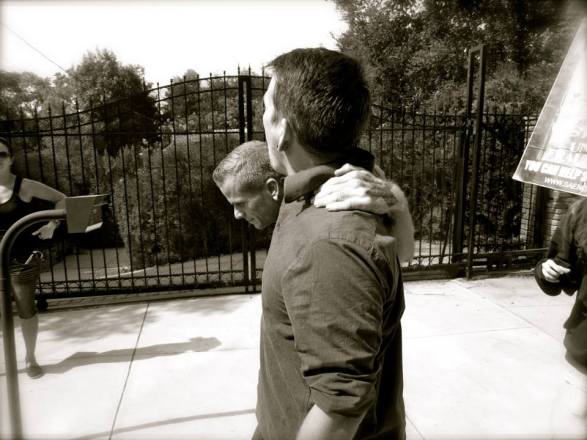Federal authorities recently announced a new criminal prosecution of animal rights “activists” whose alleged illegal activities include, but are not limited to, various forms of vandalism that targeted farmers who raised animals for food or for the fur industry. Californians Joseph Buddenberg and Nicole Kissane are consequently being prosecuted under the auspices of the Animal Enterprise Terrorism Act, a law passed in 2006 which was intended specifically to address the escalating criminal attacks against individuals and organizations involved in “animal enterprise” by radical animal rights groups. This law sought to protect humane, responsible and legal animal use in scientific research, biomedical development, zoological and exhibition parks, food and clothes production, etc., from increasingly damaging and violent attacks.
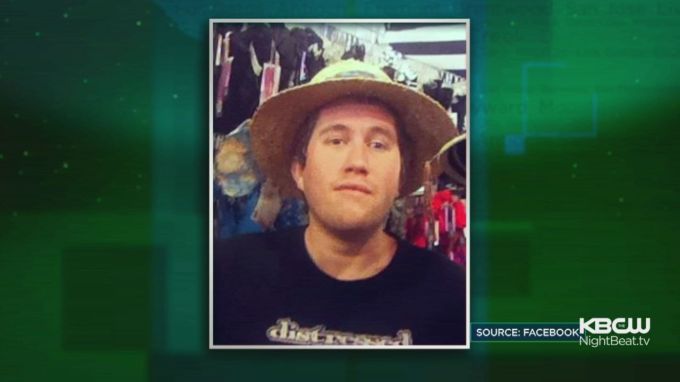
Joseph Buddenberg is a 31-year-old animal rights fanatic with a long history of alleged criminal activities
Buddenberg is not a name that is new to biomedical researchers, as he was previously indicted (but not convicted) of harassing and intimidating UC-Berkeley researchers during nasty and hateful demonstrations at the researchers homes in 2006 and 2007. Thus, Buddenberg’s activities run the gamut of contemporary forms of animal rights fanaticism and illegally target a broad range of animal enterprises.
In response to this case, as well as the on-going prosecution of Tyler Lang and Kevin Oliff for similar illegal activities, radical animal rights groups around the country, are crying “foul”. Their disjointed claims include: 1) animal rights groups are the target of unfair political prosecution by the government and 2) that their actions can not reasonably be construed as terrorism. Neither of these two claims withstand scrutiny.
The AETA does not make it illegal to hold an animal rights philosophy, nor to speak about it openly. If it did, prisons would be full of animal rights fanatics. It also does not make it illegal to harm others or their property (other laws already do that). What is does do is escalate the penalties and consequences for already illegal behaviors that target certain animal enterprises. This type of escalation is not unique – for example, we escalate violent crimes that target a person for their race, ethnicity, gender, religion, etc., under so-called hate crimes statutes. These laws recognize that there are certain types of behavior that are so insidious, so threatening and so hateful that an escalated penalty is called for. Under AETA, targeting researchers who study animals to cure disease and attacking farmers who raise animals to feed the hungry is deserving of said escalation.
Animal rights radicals have been fighting a battle to turn the American public’s attitude about human-animal relationships for decades, and these efforts have largely failed. The American public still believes that it’s humane and appropriate to consume animals and their products for food and clothing, to keep them as pets and work companions and to involve them in responsible and regulated scientific research. As a result, these same radical groups have decided to use intimidation and violence, in addition to speech, to achieve their goals. The fact that they remain a minority opinion and that the majority demands that their illegal acts are punished is not political persecution.
Worse still, these same radical animal rights activists also decry the use of the word “terrorism” to describe their behavior. In a recent article, Will Hazlitt, a purported press officer for the North American Animal Liberation Press Office (NAALPO), says:
“To free animals from enslavement you have to break minor laws. Calling this terrorism is ridiculous. Is cutting a fence terrorism?”
Further:
Hazlitt is quick to point out that the organizations he’s affiliated with forbid harming humans. “And you can’t commit violence against an inanimate object.”
This not a new argument. Criminal attacks against UCLA researchers, including the fire bombing of my car, the sending of razor blades and graphic death threats to me in the mail and the flooding of my colleagues’ home, have been defended in similar ways. A KCET (public television) report on animal rights activities in Los Angeles prompted this statement from Nicoal Sheen, a former NAALPO press officer (from about 3’55” in the piece):
Reporter: Let’s be clear about this, they are fire-bombing cars…
Sheen: Ummhmm… which have no sentience.
Reporter: They are sending razor blades to professors’ offices and homes.
Sheen: Ummhmm.
Reporter: Um, they are harassing them in the middle of the night, if you listen to what the researchers say.
Sheen: If you call it harassment, yes.
They commonly claim that they don’t harm people. They harm property and inanimate objects, and they believe that means their actions are not terrorism.
They want you to believe that blowing up a car at 4 AM, mere feet from your home, is not terrorism. Not even when they later describe how much they wished you had been in it when it burned.

Car arson at Professor Jentsch’s house. The Animal Liberation Brigade would claim responsibility for the attack 2 days later.
They want you to believe that getting razor blades and a letter that describes cutting your throat is not terrorism.
Nor is flooding your home or ransacking your office or pouring paint thinner on your cars.
It’s not terrorism if they march in front of your child’s school or your home, calling you a murderer.
One imagines that they don’t believe it’s terrorism if a burning effigy was placed in the front yard of a black family or if a kid is cyberbullied on Facebook for being gay.
But here’s a more important question: does it even matter?
Even if we conceded that it wasn’t terrorism, we’d still conclude that radical animal rights fanatics are systematically engaged in activities that are:
Illegal
Hateful
Violent
And – yes – extremist
The title of this post, referencing a recent SF Weekly article of the same name, asks “When does animal rights activism become extremism?”
I think the answer is clear enough. It became fanatical extremism a long time ago, and it’s long past time we all recognized that. Animal rights groups are happy to engage in semantic debates about the use of the words “terrorism” and “extremism” in the media so that no one is paying attention to the fact that they are engaged in a systematic pattern of extremist behaviors whose goal is to inflict fear and terror on others.
 The private event is a workshop titled, “The necessity of the use of non-human primate models in research.” The workshop is supported by Johns Hopkins University and is organized by Prof. Jeff Kahn in the Berman…
The private event is a workshop titled, “The necessity of the use of non-human primate models in research.” The workshop is supported by Johns Hopkins University and is organized by Prof. Jeff Kahn in the Berman…